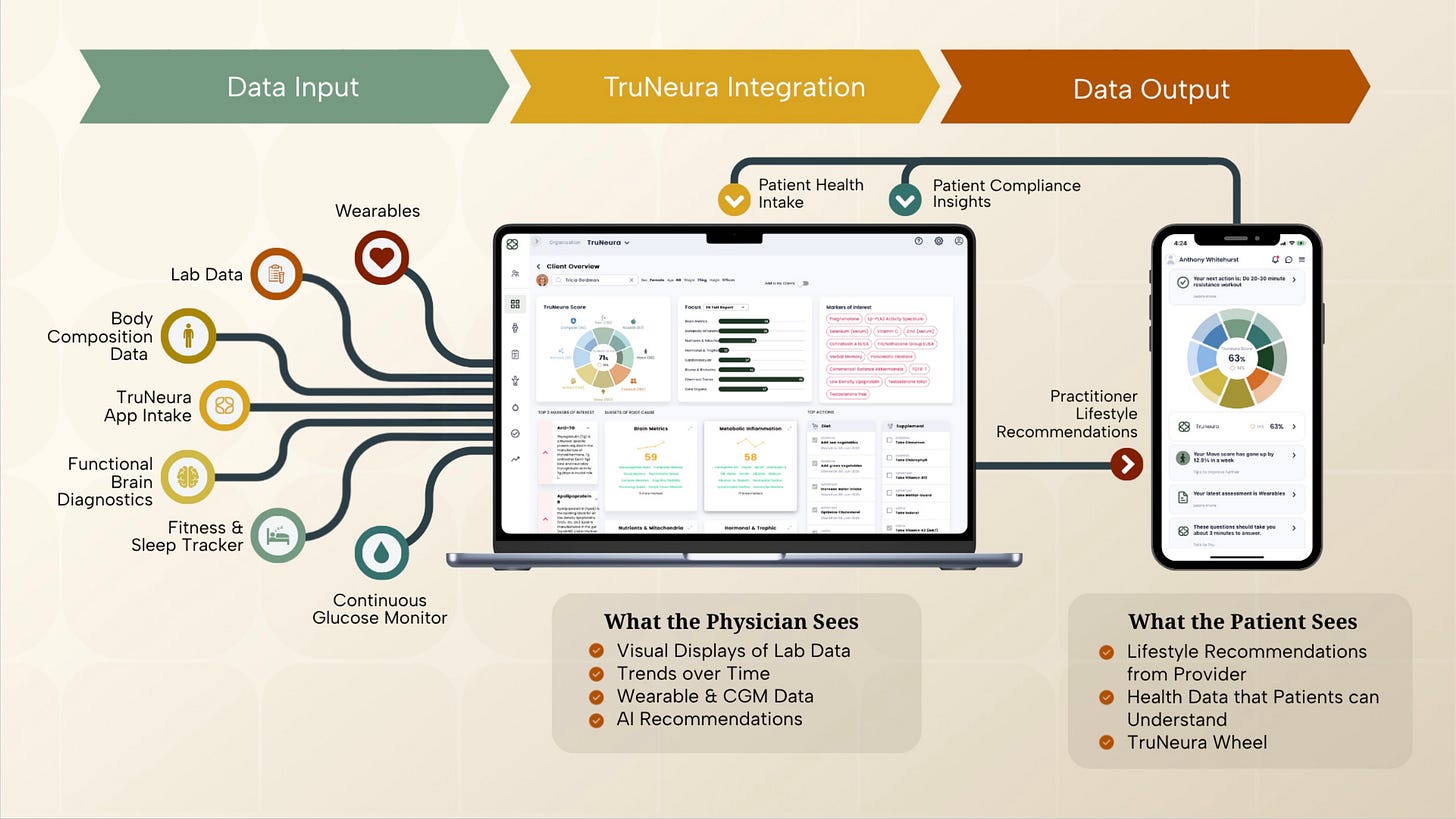“My vision is that every American is wearing a wearable in four years.”
— Health and Human Services President Robert F. Kennedy Jr., June 2025
That was the headline-making moment from RFK Jr.’s appearance at the House Enrgey Committee, where he laid out one of the boldest preventative health goals in recent U.S. history: a plan for universal wearable adoption by 2029.
As he explained in the video:
“It’s a way people can take control of their own health… to see what food is doing to their glucose levels, their heart rates, their activity, their sleep—so they can start self-managing their conditions and improve outcomes without always needing prescriptions.”
Kennedy made the economic case as well, highlighting the unsustainable cost of chronic disease: “$1,300 a month for Ozempic vs. $80 for a wearable,” he said, referencing the cost of common drugs for diabetes and weight loss.
But Who Owns the Data—and the Incentives?
This move toward wearables sounds promising. But some in the integrative and functional medicine space are understandably raising eyebrows.
Why? Because the newly appointed Surgeon General is Dr. Casey Means—co-founder of Levels, one of the best-known continuous glucose monitoring (CGM) platforms on the market.
Pair that with a government push to get every American wearing a CGM or health tracker, and it starts to resemble the same playbook we've seen before: well-intentioned public health goals aligned a little too neatly with private financial interests.
In other words: is this the same crony capitalism of pharma—just now with health data instead of drugs?
We’ve already seen what happens when centralized systems drive treatment decisions without transparency. As functional medicine practitioners, we know that true health doesn’t come from top-down mandates—but from empowering individuals, their communities, and their trusted health professionals.
If wearables are going to be part of the solution—and they should be—they need to be open, interoperable, and aligned with clinical insight, not corporate growth metrics.
Consumer Wearables Are Still a Closed Loop
RFK Jr. emphasized one critical point that gives us hope:
“We want this data to be visible not just to the patient—but to their doctor too.”
This is where reality diverges from the vision.
Today’s wearables—Oura, WHOOP, Levels, Apple Health—are built as consumer tools. They were never designed to be interpreted by practitioners, and they offer almost no backend integration for doctors.
The result? Patients might show up with a year’s worth of HRV, glucose, or sleep data... but no doctor has the time or tech to do anything meaningful with it in a short visit.
I’ve written previously about how, in theory, wearable and functional medicine are a good match, but so far it’s been more of a workflow nightmare.
This Is Why We Built TruNeura
TruNeura exists to turn wearable data into clinical decisions. Our platform pulls in all this raw information—wearables, biomarkers, cognition tests—and translates it into patterns, insights, and next steps that a practitioner can use.
We are not another app chasing engagement—we’re an infrastructure layer for a smarter healthcare system:
Unified Patient Record: Glucose, HRV, cognition, mood, movement—all in one place.
Clinical Dashboards: Designed for use in a functional or precision medicine setting.
Insight Translation: From noise to knowledge, from raw data to recommended actions.
The future that RFK Jr. envisions requires this kind of platform, or we’ll simply overwhelm clinicians with more information they can’t use.
The Choice Ahead
We’re at a fork in the road. One path leads to health tracking being absorbed into the same extractive model we’ve seen in pharma: closed platforms, monetized data, and practitioners cut out of the loop. The other path leads to empowerment—for patients and providers—through shared, actionable insight.
RFK Jr. is right: wearables can play a major role in reversing chronic disease.
But only if doctors are part of the solution.
Only if patients own their data.
Only if we avoid repeating the mistakes of the past.
Let’s build the second path—together.
Want to see how TruNeura turns wearable data into clinical insight? Book a demo





A wearables skeptic here. For 2 reasons: 1) the potential for personal data to become fodder for the global control grid, and 2) wireless radiation exposure.